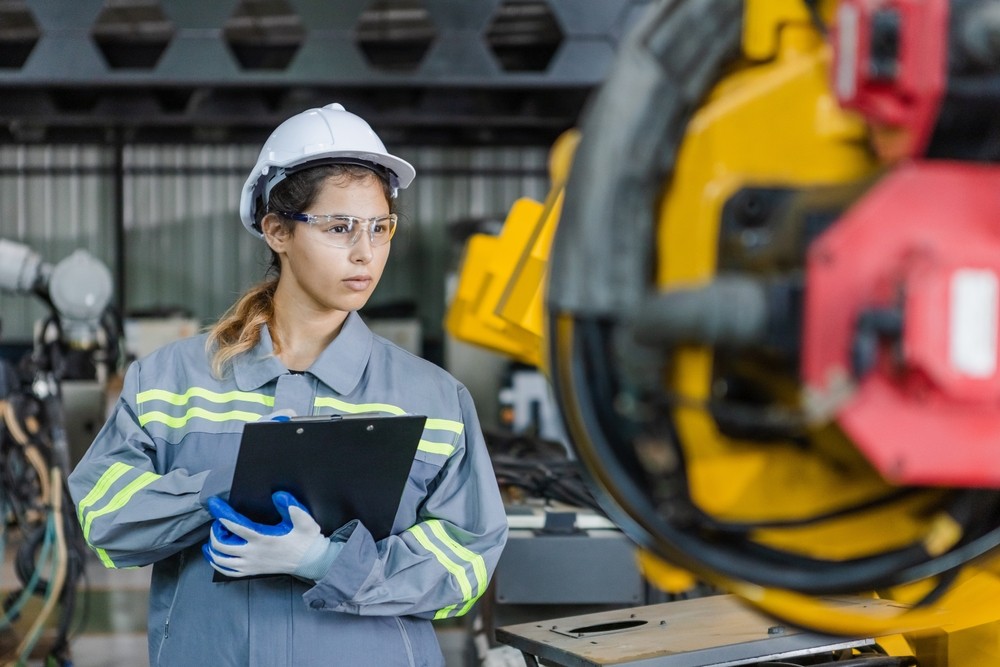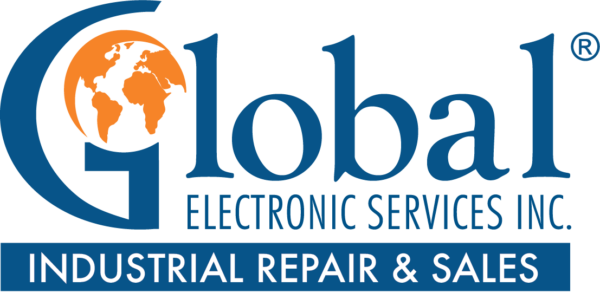Total Cost of Ownership: Why It Matters in Manufacturing

When you buy something, you typically look at the price tag and decide if it’s worth it. But when manufacturers plan for big purchases like equipment, they must think about more than just the price. They need to consider the total cost of ownership (TCO), which involves all the costs throughout the life of the equipment.
What is total cost of ownership?
TCO includes the initial cost of the equipment plus all the costs manufacturers will pay to maintain, repair, and use the equipment through the end of its serviceable life. Manufacturing equipment managers use TCO to invest in equipment with confidence by looking at the full picture of owning it, including:
- Cost: The upfront purchase price to bring in the equipment
- Setup: Cost involved in getting the equipment up and running in your facility
- Operation: Daily operating costs such as power, materials, and labor
- Maintenance: Any costs attributed to routine maintenance over the life of the equipment
- Training: The cost of getting workers familiar with how to use the equipment
- Support: Any costs for outside support to optimize, calibrate, or use the equipment
- Depreciation: The costs associated with decreased efficiency or productivity over time
Why TCO matters
Manufacturing equipment is expensive, and operating it can cost even more over time. Producers must save where they can. Making smart choices with TCO in mind can help maximize the return on investment (ROI). For instance, a manufacturer might buy a machine that costs more upfront because it’s cheaper to run and maintain. Over time, they save money and benefit from enhanced reliability.

Calculating TCO
While calculating TCO can be challenging, many equipment TCO calculators are available‚ including those designed specifically for manufacturing equipment. When anticipating TCO, involve cross-departmental input. For example, cross-check maintenance expectations with accounting costs. The goal is to obtain a comprehensive picture of what’s required to maximize the investment — financially and operationally.
Tips to improve TCO
TCO is a rough estimate, not a to-the-penny calculation of what you’ll spend to maximize the ROI of the equipment. Assess TCO conservatively and try to beat those projections with good decision-making at the point of purchase, such as:
- Choose equipment that doesn’t guzzle power or break down easily.
- Don’t shy away from spending more at first if it saves money in the long run.
- Work with sellers known for providing comprehensive support after the purchase.
- Keep a close eye on the equipment so small issues don’t turn into expensive problems.
- Know when it’s smarter to lease instead of buy.
Manufacturing equipment is complex, and owning it means being flexible enough to adjust your ownership cost expectations accordingly. The key to winning at TCO is asking lots of questions, getting advice from experts, and using all the technology tools at your disposal.
The path to ROI
TCO is all about knowing what you’re in for, from the day you buy the equipment to the day you retire it. This way, you can plan better, save money, and make the most of your equipment — so every dollar counts.
